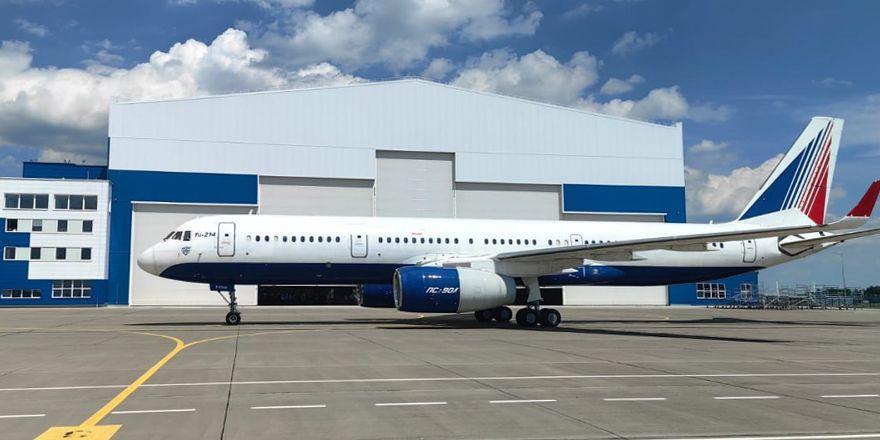Exploring Minsk: A City of History and Resilience

Introduction
Minsk, the capital of Belarus, stands as a symbol of resilience and transformation. With its history steeped in both Soviet heritage and modern aspirations, the city has become a focal point for tourists and historians alike. Understanding Minsk’s unique blend of culture and history is crucial for anyone looking to explore Eastern Europe.
Historical Overview
The history of Minsk dates back over 1,000 years, but the city faced significant challenges during the 20th century. World War II left a lasting impact, as Minsk was severely damaged and rebuilt in the years following. Today, visitors can see remnants of its Soviet past, mixed with modern developments, showcasing a city that has risen from the ashes of conflict.
Current Events and Developments
In recent years, Minsk has garnered attention not only for its historical significance but also for its political climate. Following protests in 2020 against the presidential election results, the city has become a central hub for discussions on democracy and civil rights in Eastern Europe. These events have prompted international interest in Minsk, highlighting its pivotal role in regional politics.
Cultural Highlights
Minsk is rich in cultural offerings, from the impressive National Arts Museum to the iconic Independence Square. The city’s architecture reflects its historical layers, with Soviet-style buildings juxtaposed against contemporary designs. Furthermore, events such as the Minsk International Film Festival attract artists and audiences from around the world, enhancing the city’s cultural landscape.
Conclusion
Minsk is more than just the capital of Belarus; it is a city that embodies both history and hope. As it continues to face political and social challenges, its vibrant culture and historical significance remain a testament to the resilience of its people. With increasing interest from tourists and potential political changes on the horizon, Minsk stands poised to become a crucial destination in Eastern Europe for years to come.
